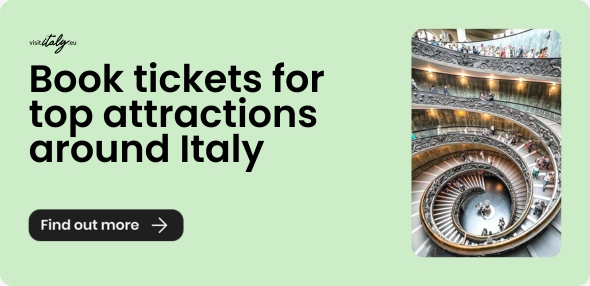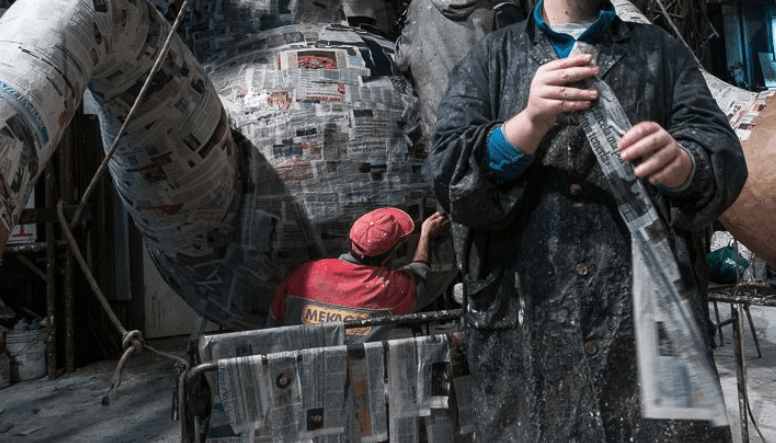Giants made of paper: Putignano papier-mâché
Carnival has always been one of the most awaited celebrations of the year for young and old people, and in Italy it enjoys a very ancient tradition. From North to South in fact, there are many cities celebrating Carnival with processions, masks and above all allegorical wagons; Putignano, in Apulia, is the country where the latter are not only a folklore element, but an excellence of the local handicraft that engages the whole country, all year round. The art of papier-mâché, of which wagons are made, is handed down through generations.

Origin of papier-mâché masks

The papier-mâché was used already in 1600 in Spain as a poor material to make the statues of the saints for the sacred processions. It consists of wet newspaper paper, crushed and mixed with glue, then molded on a skeleton of wire and then colored. In Putignano, a town in the province of Bari, this custom, begun at the end of ‘800, was held the last day of Carnival in which cartoons were made with papier-mâché political background; Even today the floats that parade accompanied by music and dancers take up in a satirical way current issues and national politics.
A handicraft masterpiece

The realization of the Putignano carnival floats begins many months before, when the papier-mâché masters present the sketches of the wagons to the Carnival of Putignano Foundation. This is followed by the creation of a clay form on which a chalk is poured that will create the cast, previously sprinkled with oil, on which will be applied layers and layers of paper soaked in glue (made as old times, with water and flour). Once dried, the paper is painted in bright colours; together with the mechanics, lights and sounds, the papier-mâché statues come to life and are ready to parade on Sundays during the Carnival period, giving life to an unmissable show. A curiosity: the whole citizens of Putignano participates in the realization of the wagons, collecting all year old newspapers that will be intended for sculptures, representatives of a “poor” but rich in tradition art.
About the author
Written on 18/02/2020



Valentina Loporchio
Web Editor for visititaly.it. Journalist. Words to live, to work, to smile, to love. I hope to convey to the readers the same amazement that I have in admiring the wonders of Italy.